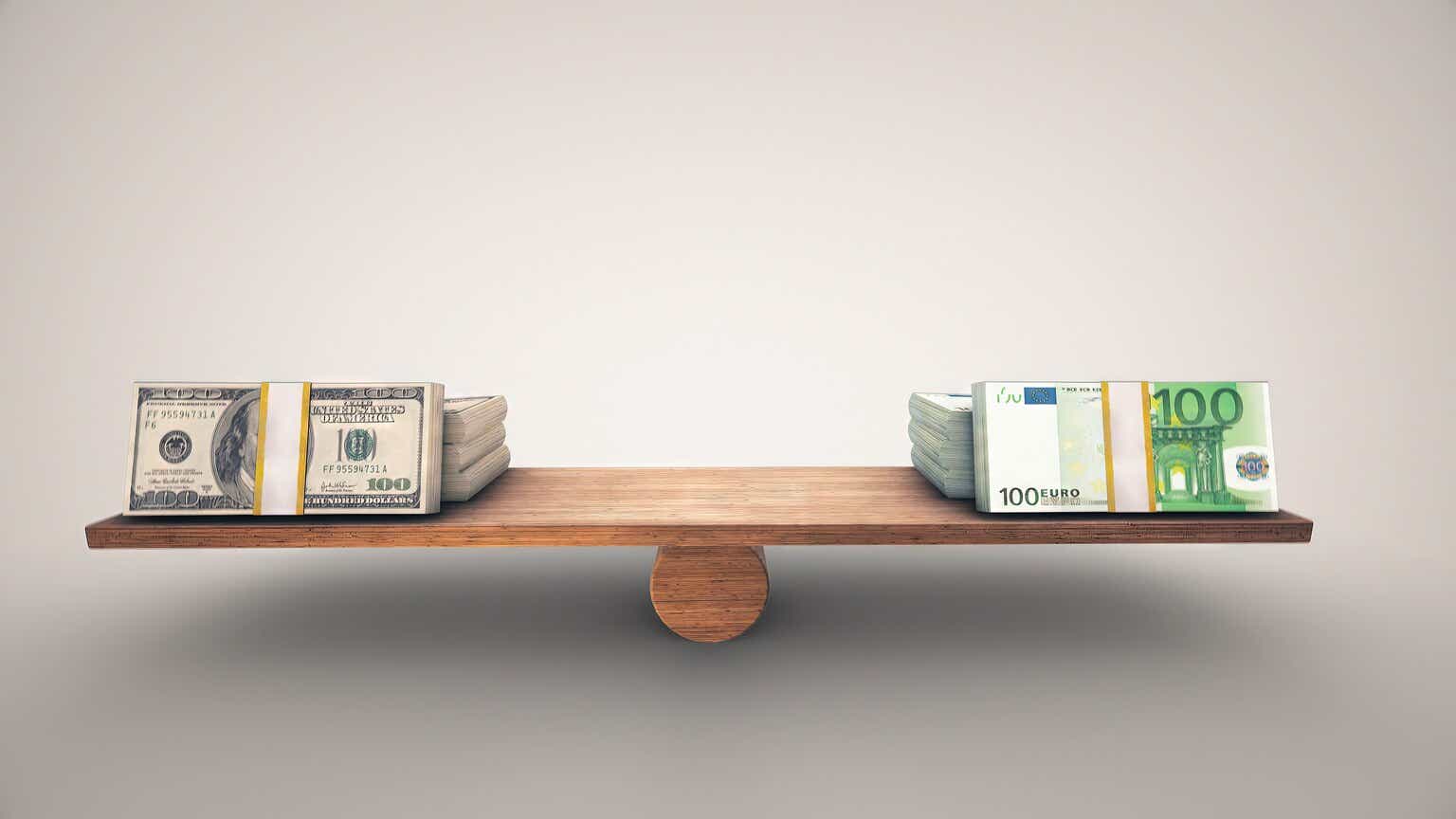There are many analysts who have moved to the forecast that in the next six months or so, the U.S. dollar price of the Euro will drop to $1.00 or so.
There seem to be two major reasons for the feeling that the price will decline from about $1.0530 to “parity”.
The first reason is a short-term reason.
In terms of the relative position of central banks in the two regions, it appears as if the Federal Reserve System of the United States will have to remain a little bit tighter than financial markets thought a month or two ago.
In addition, the European economy, especially Germany, seems to be growing more slowly than was expected, meaning that the European Central Bank will be less restrictive than it has been.
Thus, the relative position of central banks has changed, resulting in a relatively stronger value for the U.S. dollar.
The second reason is of a longer-term nature.
It appears as if the United States has joined the “Commodity Currency Club.”
What this means is that the United States has become recognized as a member of the Commodity Currency Club, meaning that it is now a “net exporter” of a critical commodity and will, consequently, join a group of nations that experience relative “price” movements resulting from how certain commodity markets are performing.
Rebecca Patterson writes in the Financial Times,
“As economies evolve, relationships between asset prices can change, often in such a quiet, evolutionary way that investors get caught off-guard.”
“That is what has happened with oil prices and the dollar.”
Ms. Patterson goes on:
“The ‘new’ dollar-oil relationship goes back decades, the result of years of research and innovation in the U.S. oil patch. New approaches to production, especially fracking and horizontal drilling, helped the U.S. to transform from a large net importer to a net exporter of natural gas as of 2017.”
“From 2019, it also has been a net exporter of energy overall. It also became the world’s largest liquefied natural gas exporter last year.”
Ms. Patterson explains:
“rising oil prices improve the country’s terms of trade and provide a measure of currency support.”
“Unlike its other club members, though, the dollar’s outsized role in global currency markets means that such strength creates large, often unwelcome global ripples.”
In essence, we are in a “new” world for the U.S. dollar, and according to Ms. Patterson, this is just being fully realized in the markets. The U.S. “role” has been growing, but now the impact is fully understood by market participants.
Thus, the disturbances in Ukraine and the Middle East have added significant new pressures to the value of the U.S. dollar.
And, the value of the U.S. dollar has risen.
The Near Term
So, the longer-term pressure is on for the U.S. dollar to rise as it looks as if energy markets will continue to be impacted for a while as things, hopefully, are worked out in Ukraine and the Middle East.
But, given the strength of the U.S. economy, the Federal Reserve will continue to pursue its quantitative tightening into next year, perhaps until the middle of the year.
This, right now, seems to be the dominant picture of the U.S. dollar.
It is a picture that can support a $1.0000 price for one Euro.
Over the longer run?
Well, if the United States has truly become a member of the Commodity Currency Club then investors can expect that the value of the dollar will remain higher than it has in recent years.
Other nations may not like this, but a strong U.S. dollar, I believe, would be an excellent foundation for a strong, fiscally responsible United States.
Read the full article here












Leave a Reply